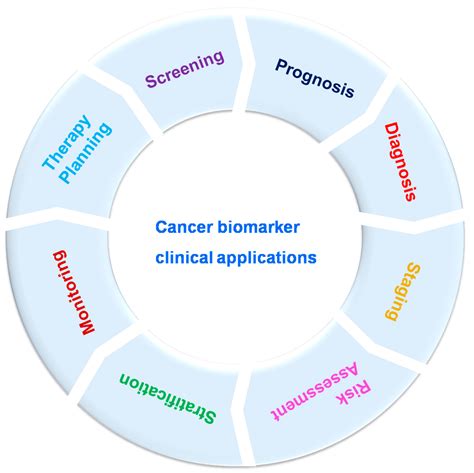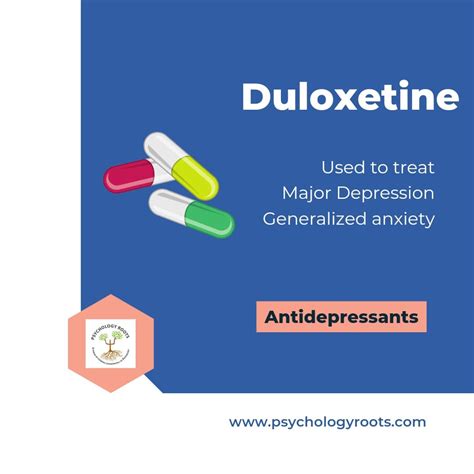Intro
Baclofen is a medication that has been widely used for several decades to treat various medical conditions, primarily muscle spasms and spasticity. The importance of understanding baclofen lies in its ability to improve the quality of life for individuals suffering from conditions such as multiple sclerosis, spinal cord injuries, and cerebral palsy. By delving into the world of baclofen, we can uncover its mechanisms, benefits, and potential uses, making it a crucial topic for both medical professionals and individuals seeking relief from muscle-related disorders.
The significance of baclofen in modern medicine cannot be overstated. As a centrally acting muscle relaxant, it plays a vital role in managing muscle tone and reducing the frequency and severity of spasms. This, in turn, can lead to improved mobility, reduced pain, and enhanced overall well-being. Moreover, baclofen's application extends beyond the treatment of spasticity, with ongoing research exploring its potential in addressing other conditions, such as anxiety, depression, and even drug addiction. The multifaceted nature of baclofen makes it an intriguing subject, worthy of exploration and discussion.
As we navigate the complexities of baclofen, it becomes clear that understanding its pharmacology, clinical applications, and potential side effects is essential for maximizing its therapeutic benefits while minimizing risks. This involves examining the drug's mechanism of action, its absorption, distribution, metabolism, and excretion, as well as its interactions with other medications. By grasping these fundamental aspects, healthcare providers can tailor treatment plans to individual patient needs, ensuring the safe and effective use of baclofen. Furthermore, awareness of baclofen's potential uses and limitations can empower patients to make informed decisions about their care, fostering a collaborative approach to managing muscle spasms and related conditions.
Introduction to Baclofen

Baclofen, chemically known as 4-amino-3-(4-chlorophenyl)butanoic acid, is a synthetic compound that acts as an agonist of the GABA_B receptor. This action is central to its therapeutic effects, as it mimics the inhibitory neurotransmitter gamma-aminobutyric acid (GABA), leading to a reduction in neuronal excitability and, consequently, muscle relaxation. The drug is administered orally, with its effects typically becoming apparent within an hour of ingestion and lasting for several hours. This pharmacokinetic profile makes baclofen a practical option for managing chronic conditions characterized by muscle spasticity.
Pharmacological Profile
The pharmacological profile of baclofen is characterized by its high lipophilicity, which facilitates its crossing of the blood-brain barrier, and its relatively long half-life, allowing for once or twice daily dosing. Its metabolism primarily occurs in the liver, with the majority of the drug being excreted in the urine. Understanding the pharmacokinetics of baclofen is crucial for optimizing dosing regimens and minimizing the risk of adverse effects.Clinical Applications of Baclofen

The clinical applications of baclofen are diverse, reflecting its versatility as a therapeutic agent. Primarily, it is used to treat spasticity, a condition characterized by abnormal muscle tightness due to prolonged muscle contraction. This can result from a variety of neurological disorders, including multiple sclerosis, spinal cord lesions, and cerebral palsy. Baclofen's ability to reduce muscle tone and alleviate spasms can significantly improve patient comfort and mobility, thereby enhancing quality of life.
Treatment of Spasticity
In the treatment of spasticity, baclofen is often considered a first-line agent due to its efficacy and relatively favorable side effect profile. Its use in this context is supported by numerous clinical trials demonstrating significant reductions in muscle spasms and improvements in functional abilities. Moreover, baclofen's oral administration makes it a convenient option for long-term management, reducing the need for invasive procedures or frequent injections.Benefits and Side Effects of Baclofen

The benefits of baclofen in managing muscle spasticity and other conditions are well-documented. However, like all medications, it is not without side effects. Common adverse effects include drowsiness, dizziness, and weakness, which can be dose-dependent and may diminish over time as the body adjusts to the medication. Less frequently, patients may experience more severe side effects, such as hallucinations, seizures, or respiratory depression, particularly at high doses or in susceptible individuals.
Managing Side Effects
Managing side effects is a critical aspect of baclofen therapy. This can involve adjusting the dose, switching to a different formulation, or adding supplementary medications to mitigate specific adverse effects. Patient education also plays a vital role, as individuals should be aware of potential side effects and know when to seek medical attention. By carefully balancing the therapeutic benefits against the risk of adverse effects, healthcare providers can optimize the use of baclofen for each patient.Future Perspectives and Research

As research into baclofen and its applications continues to evolve, new perspectives on its potential uses and mechanisms of action are emerging. Investigations into its role in treating substance use disorders, for example, have shown promise, with baclofen demonstrating efficacy in reducing cravings and withdrawal symptoms in individuals addicted to alcohol or other substances. Additionally, studies exploring its neuroprotective effects suggest that baclofen may have a role in preventing or slowing the progression of neurodegenerative diseases.
Emerging Therapeutic Uses
The exploration of baclofen's emerging therapeutic uses underscores the drug's versatility and the ongoing quest for innovative treatments in various medical fields. By expanding our understanding of baclofen's pharmacology and clinical applications, researchers and clinicians can work together to develop novel therapeutic strategies, potentially leading to improved outcomes for patients with a range of conditions.Conclusion and Final Thoughts

In conclusion, baclofen represents a valuable therapeutic agent in the management of muscle spasms and spasticity, with its benefits extending to improved quality of life and functional abilities for affected individuals. As our understanding of its mechanisms and applications grows, so too does its potential to address a broader spectrum of medical conditions. By embracing a comprehensive approach to baclofen therapy, encompassing patient education, careful dosing, and ongoing monitoring, healthcare providers can harness the full therapeutic potential of this versatile medication.
What is baclofen used for?
+Baclofen is primarily used to treat muscle spasticity, which can result from conditions such as multiple sclerosis, spinal cord injuries, and cerebral palsy. It works by reducing muscle tone and alleviating spasms.
How does baclofen work?
+Baclofen acts as an agonist of the GABA_B receptor, mimicking the inhibitory neurotransmitter gamma-aminobutyric acid (GABA) to reduce neuronal excitability and muscle relaxation.
What are the common side effects of baclofen?
+Common side effects of baclofen include drowsiness, dizziness, and weakness. Less frequently, patients may experience more severe side effects such as hallucinations, seizures, or respiratory depression, particularly at high doses.
We invite you to share your thoughts and experiences with baclofen, whether as a patient, caregiver, or healthcare professional. Your insights can help others better understand the benefits and challenges associated with this medication, fostering a supportive community and promoting informed decision-making. Please feel free to comment below or share this article with others who may benefit from this information.
